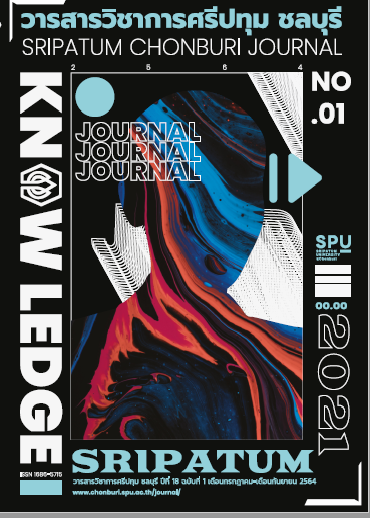A DETERMINATION OF BRAND IDENTITY FOR MU KO SIMILAN NATIONAL PARK: GUIDELINES FOR RESOURCE MANAGEMENT BASED ON VALUE AND IDENTITY OF THE AREA
Keywords:
brand identity, ecotourism, Mu Ko Similan National ParkAbstract
This research is aimed to determine brand identity for Mu Ko Similan National Park of Thailand to be used as a set of guidelines for resource management based on the value and identity of the area. This qualitative research was conducted by collecting data from two groups of key informants: focus-group discussions, and brainstorming sessions. The first group consisted of executives and operational personals of the Department of National Parks, Wildlife and Plant Conservation in total of 24 people while the second party included local entrepreneurs in Phang Nga Province and Phuket Province, tourism business licensees in Mu Ko Similan national park, local administrative organization staff and staff of related departments in total of 124 people. The results of the research led to the establishment of the brand identity entitled “Enchanting Similan”. After that, it was utilized in shaping the management directions in all four aspects of the brand personality, i.e., value of the resources which is to be maintained, travel privileges at Similan Islands, peace, and pleasantness. Brand identity of the Similan Islands National Park can bring about the strategic directions of an organization like setting goals that every related department desire to reach: to conserve natural resources and to reduce the impact from tourism by changing the way of thinking and operating; thus, resulting in a collaborative management system of all relevant sectors.
References
อันดามัน. กรุงเทพฯ: สำนักงานกองทุนสนับสนุนการวิจัย (สกว.).
Jankovic, Marija, et al. (2019). Branding of protected areas and national parks: A case study of
Montenegro. African Journal of Hospitality, Tourism and Leisure, 8(2), pp. 1-9.
Kapferer, Jean-Noël. (2012). New strategic brand management: Creating and sustaining brand equity
long term (4th ed.). London, UK: Kogan-Page.
King, Lisa M., & Halpenny, Elizabeth A. (2014). Communicating the world heritage brand: Visitor
awareness of UNESCO’s world heritage symbol and the implications for sites, stakeholders and
sustainable management. Journal of Sustainable Tourism, 22(5), pp. 768-786.
Moyle, Brent, et al. (2017). Assessing preferences of potential visitors for nature-based experiences in
protected areas. Tourism Management, 62, pp. 29-41.
Weiler, Betty, et al. (2019). Demarketing an iconic national park experience: Receptiveness of past,
current and potential visitors to selected strategies. Journal of Outdoor Recreation and
Tourism, 25, pp. 122-131.
Downloads
Published
Issue
Section
License
บทความทุกบทความเป็นลิขสิทธิ์ของวารสารวิชาการศรีปทุม ชลบุรี



